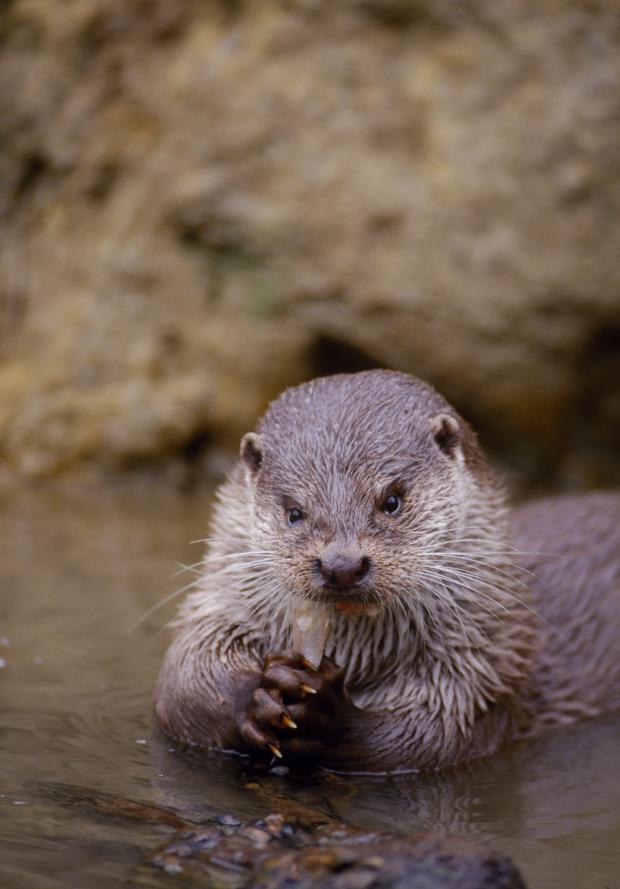
The SAC includes the River Foyle and its tributaries including part of the River Finn which lies within Northern Ireland, the River Mourne and its tributary the River Strule (up to its confluence with the Owenkillew River) and the River Derg, along with two of its sub-tributaries, the Mourne Beg River and the Glendergan River. In total, the area encompasses 120km of watercourse and is notable for the physical diversity and naturalness of the banks and channels, especially in the upper reaches, and the richness and naturalness of its plant and animal communities.

Of particular importance is the population of Atlantic Salmon Salmo salar, which is one of the largest in Europe and Otter which is found throughout the system
The area is also important as a river habitat. In their upper catchments, the rivers are all fast-flowing spate rivers with dynamic flow regimes characterised by sequences of rapid, riffle and run. At the top end of the River Derg and its two tributaries, the aquatic flora reflect the highly acidic character of the water, with mosses and liverworts dominant. The River Foyle below Strabane is slow-flowing and is influenced by a tidal regime, rising and falling with the tidal cycle. Aquatic plants in the channel are extremely limited, particularly in the more saline areas; here, fucoids make up the main component.
Related articles
- ASSI Guidance for Public Bodies/Competent Authorities
- Coastal Areas of Special Scientific Interest
- Conservation Management Plans (CMPs)
- European Marine Sites - Marine Special Areas of Conservation and Special Protection Areas
- Introduction to Conservation Management Plans (CMPs) for Northern Ireland’s Special Areas of Conservation
- Marine Conservation Zones
- Marine Protected Areas
- Marine Ramsar sites
- Portrush Coastal Zone
- Special Areas of Conservation
- Special Areas of Conservation for Harbour porpoise
- Special Protection Areas
